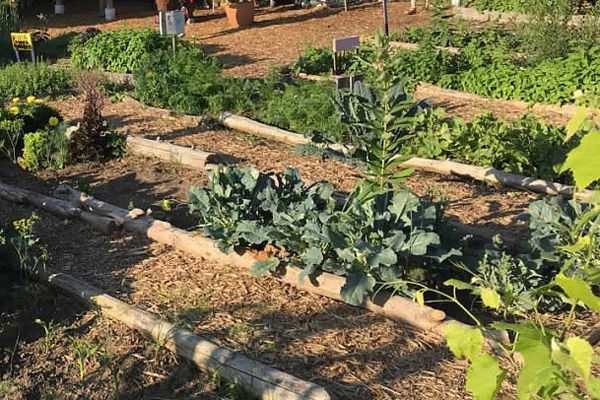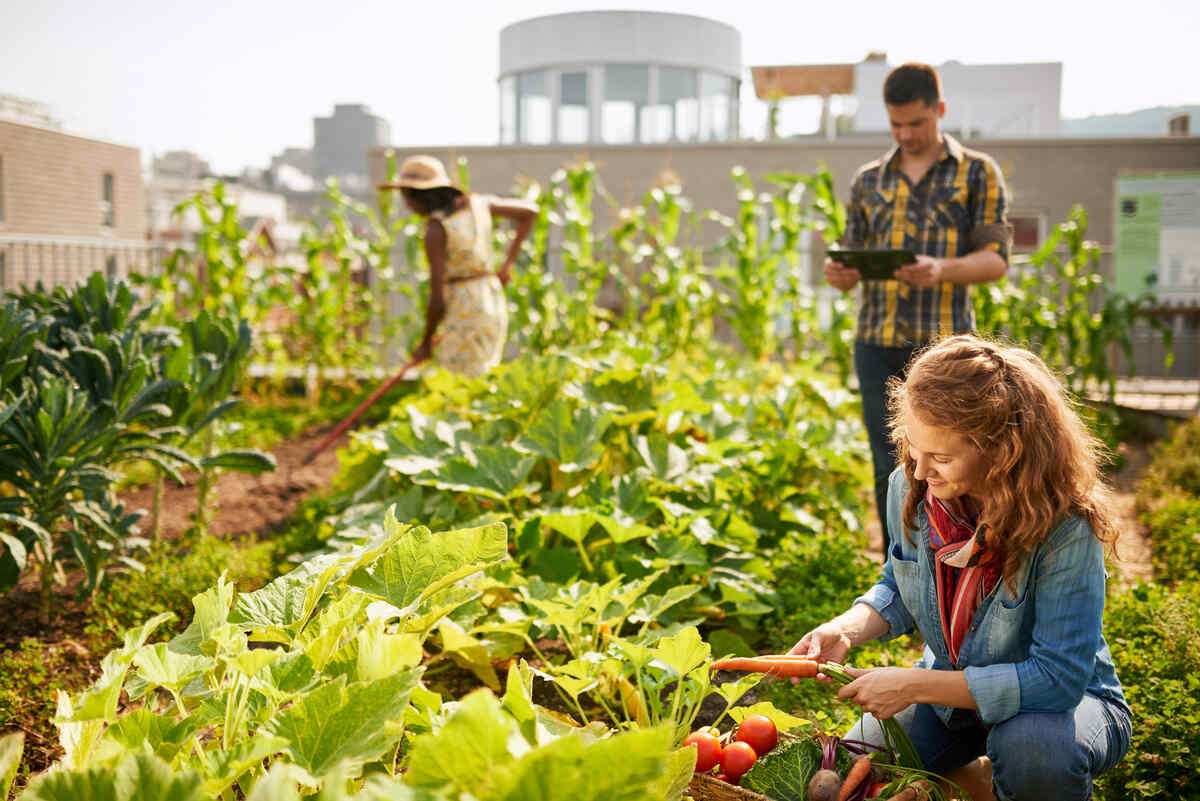The City Blooming Ideas
The City Blooming Ideas
Blog Article
City Blooming Fundamentals Explained
Table of Contents3 Simple Techniques For City BloomingThe Only Guide to City BloomingHow City Blooming can Save You Time, Stress, and Money.Some Known Details About City Blooming 7 Easy Facts About City Blooming Described
Intrigued in expanding food offer for sale in the City of Chicago? Thinking of beginning an area yard? Changes to the Chicago Zoning Statute enable farming uses like community yards and city ranches in lots of components of the city. Below is a listing of frequently asked concerns concerning the rules and policies that farmers need to consider when intending a metropolitan farming task.
The zoning modification does not customize any various other codes dealing with composting, structure permits, buying or renting City owned property, organization licenses or environmental contamination. There are existing codes that regulate these problems and they continue to be completely result and may be suitable to your task. Area yards are typically had or managed by public entities, public organizations or community-based organizations and kept by volunteers.
Urban ranches grow food that is intended to be marketed, either on a nonprofit or for-profit basis. As a result of their business objective, urban farms call for a service license. Yes. A community yard is enabled to offer surplus produce that was grown on site if the sales are accessory or secondary to the garden's main purpose explained over.
City Blooming Can Be Fun For Anyone
Composting is permitted but only for plant material that is generated and utilized on site. The amount of compost product can not go beyond 25 cubic lawns at any provided time according to the criteria in 7-28-715 of the City's Municipal Code. Yes. Due to the fact that the soil at a lot of brand-new yard sites needs amending, compost, soil, timber chips, or other materials can be acquired to build or boost the expanding area - urban gardening.

If a structure license is required then the hoophouse will certainly be thought about an accessory building. You can figure out more about the structure authorization requirements by calling the Department of Structures. The 25,000-square-foot size limit is intended to protect against a solitary neighborhood garden from controling a provided block or taking away from the block's existing residential or commercial personality.
The limitation does not use to yards you can check here located in Public Open Area (POS) areas. Can there be even more than one community yard that is 25,000 square feet on a solitary block? Fence is not called for, nonetheless, yards that have large vehicle parking areas may be required to set up fence or various other landscape design functions.
The Of City Blooming
B1 & B2 areas require that all industrial use activities be performed inside your home. Is fence needed for urban farms? Fences may be required, along with landscaping and screening, for particular parking areas and exterior work or storage areas depending on location and the details activity taking place.
Yes. Urban farms call for building permits and zoning approvals before building. Various other kinds of city testimonial may be called for relying on specific frameworks, tasks, dimension, landscape design, licensing, public heath and stormwater monitoring problems. A number of these requirements are identified in the task style or permitting procedure, nevertheless, the applicant may be accountable to independently identify details licenses or allows that may be needed.
The Department of Organization Matters and Customer Defense can help figure out the certain kind of organization license that's required. Off street car park is required for many commercial tasks in Chicago. The called for number of vehicle parking rooms is based on the number of staff members functioning on site and not the square footage of the expanding room.
The Best Strategy To Use For City Blooming

Yes. A metropolitan ranch can market compost material generated on site, however, the procedure must abide by the regulations in 7-28-715 of the Chicago Municipal Code. Yes. Aquaponic systems are enabled inside on metropolitan farms in lots of zoning districts. However, a zoning testimonial and structure permit is needed in order to set up structures or systems and an organization certificate is required as explained above.
Up to five hives or swarms of honey bees might be maintained as an accessory usage. Nonetheless, beekeepers must sign up with the Illinois Division of Farming. For more information about the recommended zoning modification you may get in touch with the Division of Real Estate and Economic Advancement, Bureau of Preparation and Zoning at 312.744.8563.
Farming in cities and city areas A metropolitan ranch in Chicago. Urban agriculture describes various practices of growing. https://mcliouw-keings-breuncy.yolasite.com/, processing, and distributing food in city locations. The term additionally relates to the location activities of pet husbandry, tank farming, beekeeping, and horticulture in an urban context. Urban agriculture is identified from peri-urban farming, which occurs in backwoods beside residential areas.
City Blooming Things To Know Before You Get This
, who look for to form social networks founded on a shared principles of nature and community holism. These networks can develop by means of official institutional assistance, becoming incorporated right into neighborhood town preparation as a "transition community" movement for lasting metropolitan development.
In either situation, the more straight access to fresh vegetable, fruit, and meat products that may be understood through city agriculture can improve food safety and security and food safety while lowering food miles, bring about lower greenhouse gas exhausts, thereby adding to climate change reduction. Several of the first evidence of urban farming comes from Mesopotamia.
Report this page